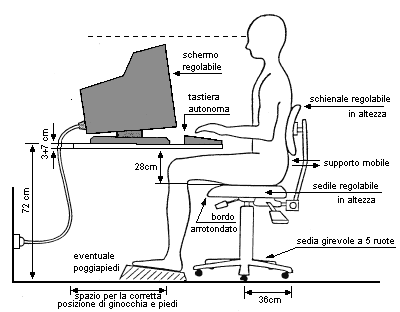The use of equipment equipped with a video-terminal is regulated by Title VII of Legislative Decree 81/08. The employer is obliged to take appropriate measures to remedy the possible risks deriving from the use of video terminals, both through a careful preparation of jobs and through an adequate organization of work activity. In particular, it should be remembered that:
The worker is entitled to a fifteen minute break
every one hundred twenty minutes of continuous use of the video terminal.
The workstations at the video terminal must be
complying with the provisions of Annex XXXIV of Legislative Decree 81/08.

Equipment
Display
The resolution of the screen must be such as to guarantee a good definition, a clear form, a sufficient size of the characters and, moreover, an adequate space between them. The image on the screen must be stable; free from flicker, flicker or other forms of instability. The luminance and / or luminance contrast between the characters and the background of the screen must be easily adjustable by the user of the video-terminal and easily adaptable to the environmental conditions. The screen must be freely adjustable and inclinable to adapt easily to the needs of the user. It is possible to use a separate support for the screen or an adjustable plane. On the screen there should be no reflections and reverberations that may cause disturbances to the user during the course of his activity. The screen must be positioned in front of the operator so that, also acting on possible adjustment mechanisms, the upper edge of the screen is placed a little lower than the horizontal that passes through the eyes of the operator and at a distance of the eyes approximately 50-70 cm, for workplaces where the sitting position is preferential.
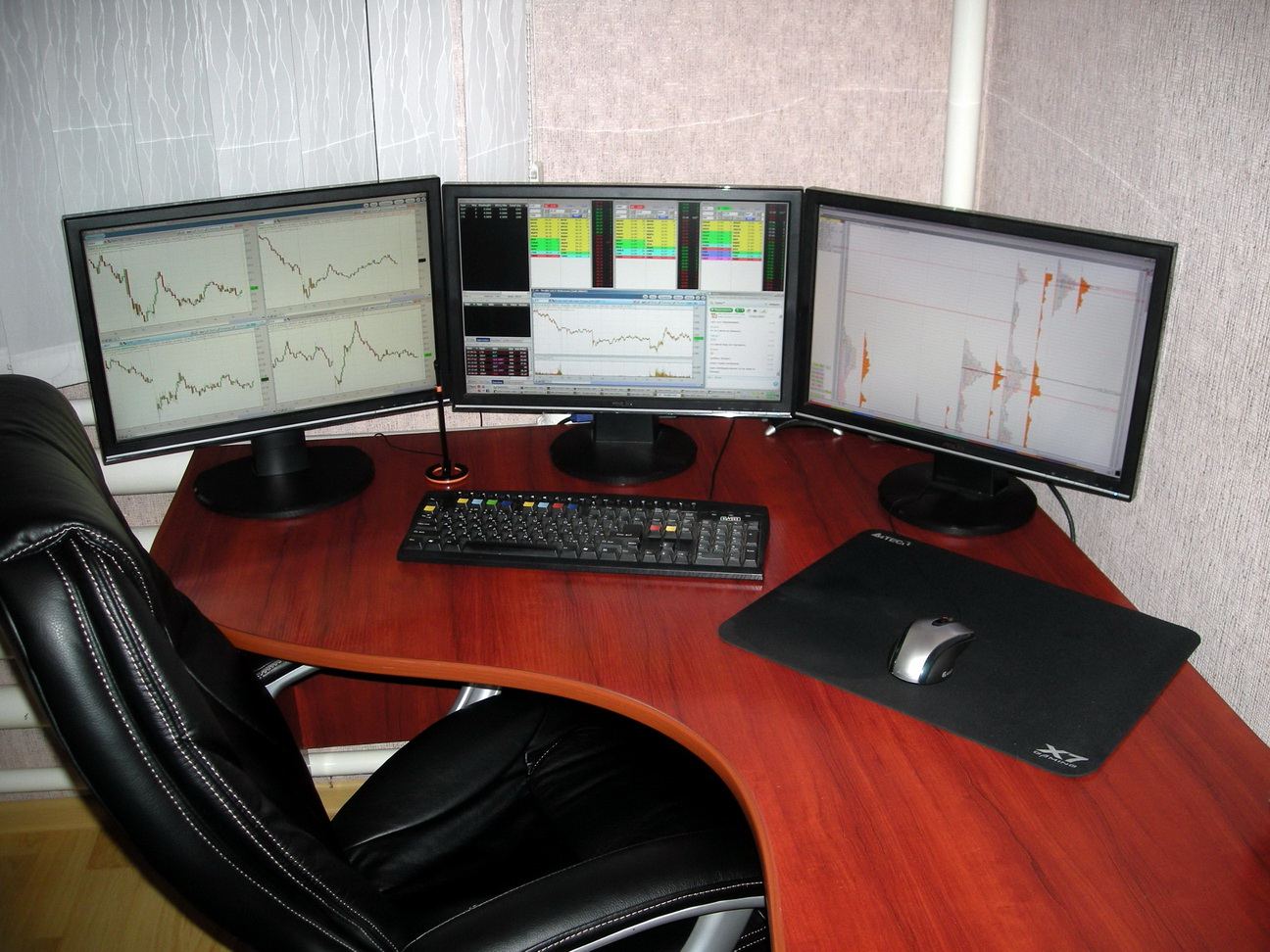
Keyboard and pointing devices
The keyboard must be separated from the screen and easily adjustable and equipped with a slope change mechanism to allow the worker to take a comfortable position that does not cause the arms and hands to become fatigued. The space on the work surface must allow the forearms to rest in front of the keyboard during the typing, taking into account the anthropometric characteristics of the operator. The keyboard must have a matte surface to avoid reflections. The layout of the keyboard and the characteristics of the keys must make it easier to use. The symbols of the keys must have sufficient contrast. and be readable from the normal working position. The mouse or any pointing device supplied with the workstation must be placed on the same level as the keyboard, in an easily accessible position and have adequate space for its use.
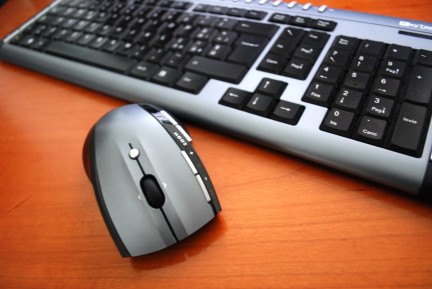
Work plan
The worktop must have a surface with a low reflection index, be stable, of sufficient size to allow a flexible arrangement of the screen, keyboard, documents and accessory material. The height of the fixed or adjustable worktop must be roughly between 70 and 80 cm. The available space must allow the housing and the movement of the lower limbs, as well as the entrance of the seat and of the armrests if present. The depth of the worktop must be such as to ensure an adequate visual distance from the screen. The support for documents must be stable and adjustable and must be placed in such a way as to minimize the movements of the head and eyes.
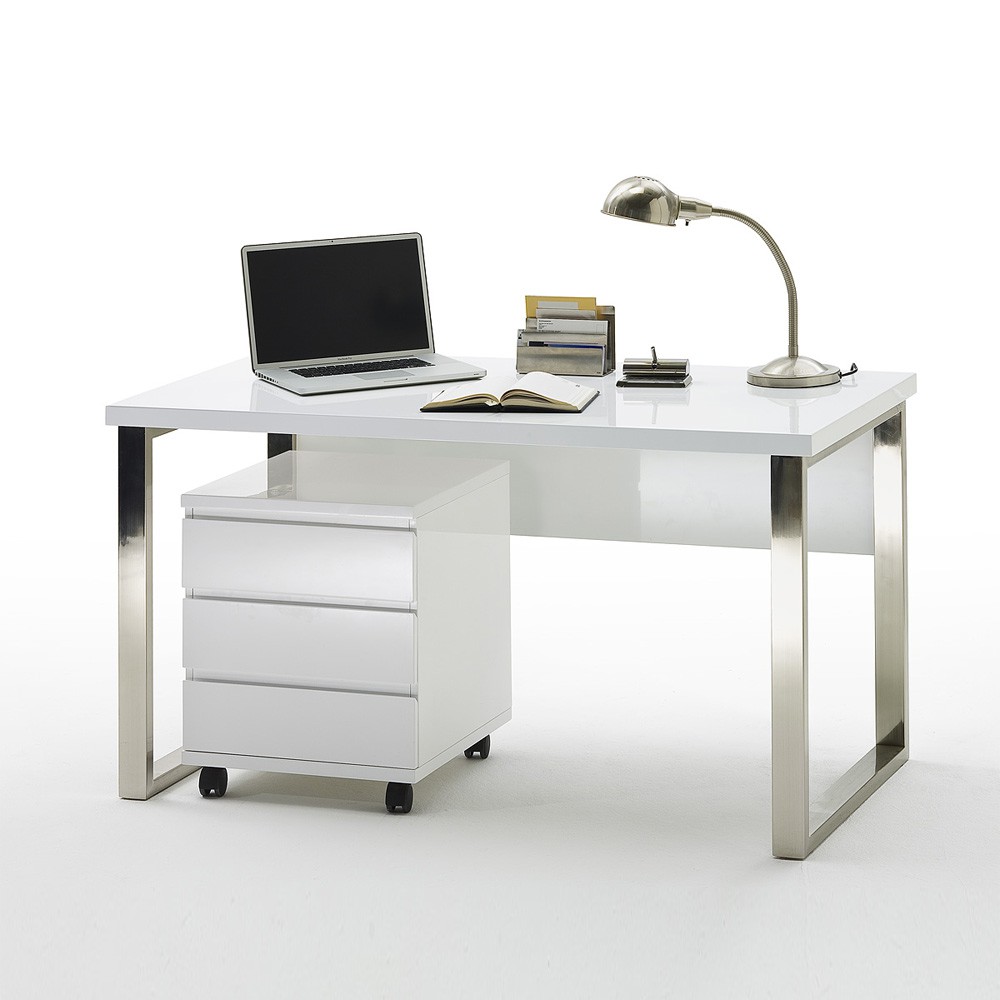
Working seat
The working seat must be stable and allow the user free movement, as well as a comfortable position. The seat must have a height that can be adjusted independently of the backrest and dimensions of the seat adapted to the anthropometric characteristics of the user. The backrest must provide adequate support for the user's back-lumbar region. Therefore it must be adapted to the anthropometric characteristics of the user and must have adjustable height and inclination. As part of these adjustments, the user must be able to fix the backrest in the selected position. The back and the seat must have bevelled edges. The materials must have a level of permeability that does not compromise user comfort and can be cleaned. The seat must be equipped with a rotating mechanism to facilitate position changes and must be able to be moved easily according to the needs of the user. A footstool will be made available to those who exaggerate it to get a proper posture for the lower limbs. The footrest must not move involuntarily during its use.
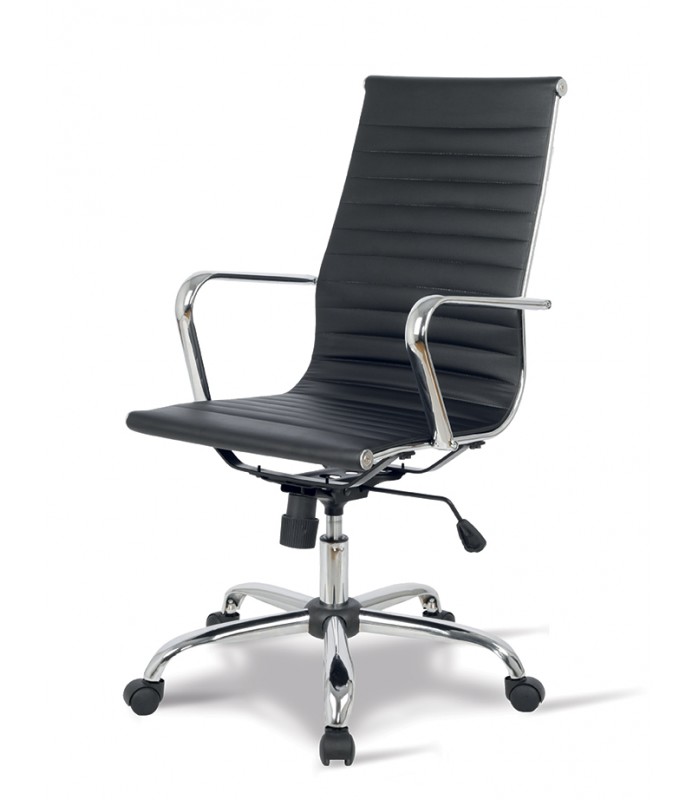
Laptop
Prolonged use of laptops requires the provision of a keyboard and a mouse or other external pointing device as well as a suitable support for correct positioning of the screen.

Room
Space
The workplace must be well sized and set up in such a way that there is sufficient space to allow for changes in position and operational movements.

Lighting
General and specific lighting (table lamps) must guarantee sufficient illumination and an appropriate contrast between the screen and the surrounding environment, taking into account the characteristics of the work and the visual needs of the user. Reflections on the screen, excessive luminance contrasts and glare of the operator must be avoided by arranging the workstation according to the location of natural and artificial light sources. You should take into account the existence of windows, transparent or translucent walls, light colored walls and equipment that can cause direct and / or indirect glare and / or reflections on the screen. The windows must be equipped with a suitable adjustable cover device to attenuate the daylight that illuminates the workplace.

Noise
The noise emitted by the equipment present in the workplace must not disturb the attention and the verbal communication.

Radiation
All radiation, with the exception of the visible part of the electromagnetic spectrum, must be reduced to negligible levels from the point of view of protecting the safety and health of workers.

Microclimatic parameters
Microclimatic conditions must not cause discomfort for workers. The equipment supplied to the workplace must not produce excess heat that could be a source of discomfort for the workers.

MAN ELABORATOR INTERFACE
When processing, choosing, buying software, or when it is changed,
as well as in defining the tasks that involve the use of videoterminal units,
the employer will take into account the following factors:
a) The software must be appropriate to the task to be performed;
b) The software must be easy to use adequate to the level of knowledge and experience of the user. Furthermore, no quantitative or qualitative control device can be used without the knowledge of workers;
c) The software must be structured in such a way as to provide workers with understandable information on the correct performance of the activity;
d) Systems must provide information of a format and at a pace suitable for operators;
e) The principles of ergonomics must be applied in particular to the processing of human information.
